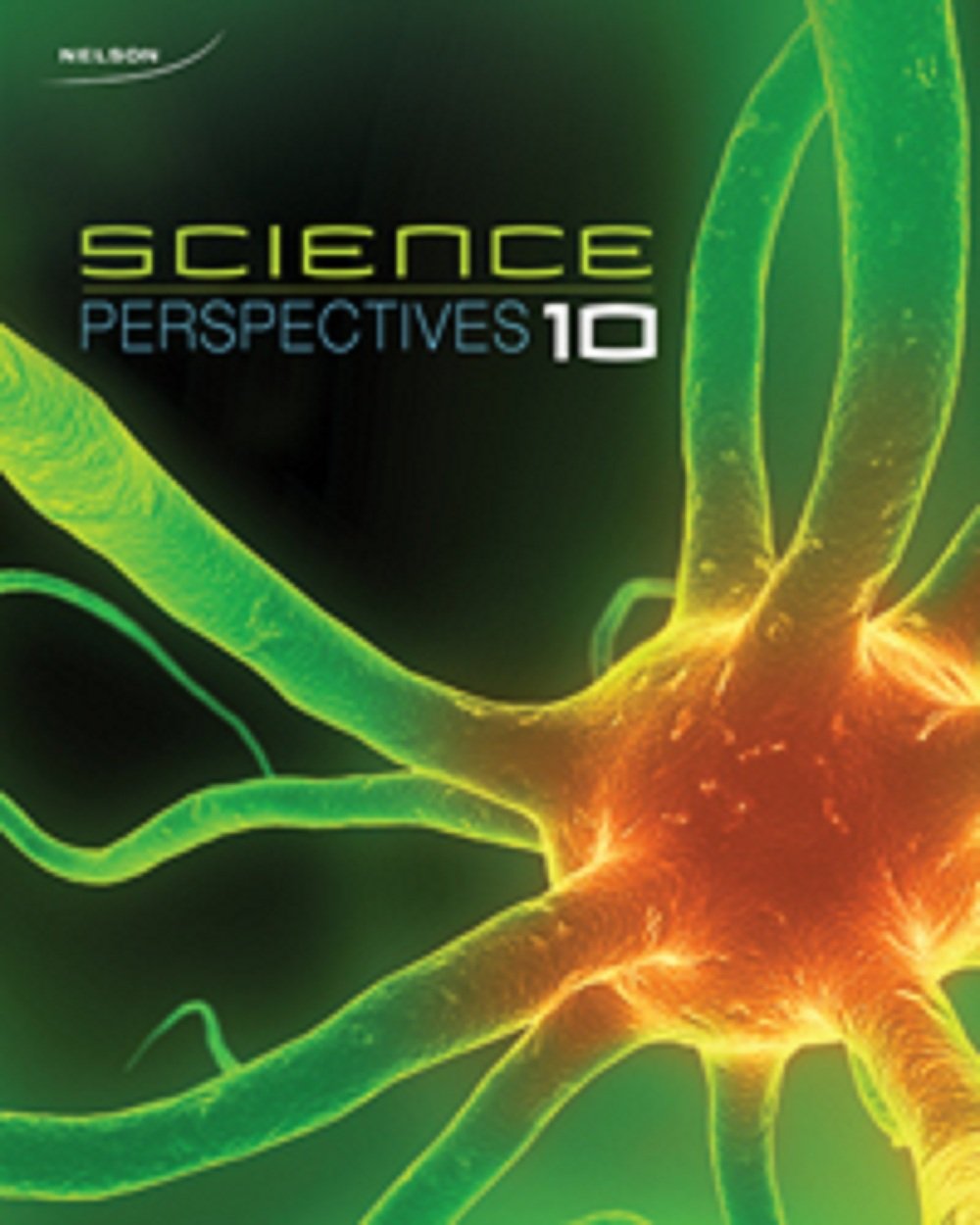
All Solutions
Section 11-1: What is Light?
1. Electromagnetic waves (as the name suggest) are a combination of both electricity and magnetism.
2. Electromagnetic waves do not require a particle medium to travel.
-Maxwell’s second assumption is that the movement of electromagnetic waves is not conditioned by any medium through which it would move. That it can propagate in a vacuum and that the speed of movement of electromagnetic waves is proportional to the speed of light.
Microwaves, infrared light, red light, X-rays, gamma rays.
red, orange, yellow, green, blue, indigo and violet.
All these devices have ability to connect wirelessly.
$textit{b.}$, Ultraviolet light – Vitamin D
$textit{c.}$, Radio waves are used in radar communications.
$textit{d.}$, Infrared light – DVD player, remote control
$textit{e.}$, Microwaves are used in telecommunications.
$textit{f.}$, Gamma rays are used in cancer treatment.
$textit{g.}$, Visible light is used in theatre/concert effects
$textit{b.}$, Vitamin D
$textit{c.}$, Radar
$textit{d.}$, DVD player, remote control
$textit{e}$, Telecommunications
$textit{f.}$, Cancer treatment
$textit{g}$, Theatre/concert effects
Travelling in straight line, wave-like properties (direction, intensity, frequency, wavelength speed), transfer of energy, causing objects to cast shadows, travelling through the vacuum, high speed.
During this process light of different colors will reflect different since they differ in wavelength.

